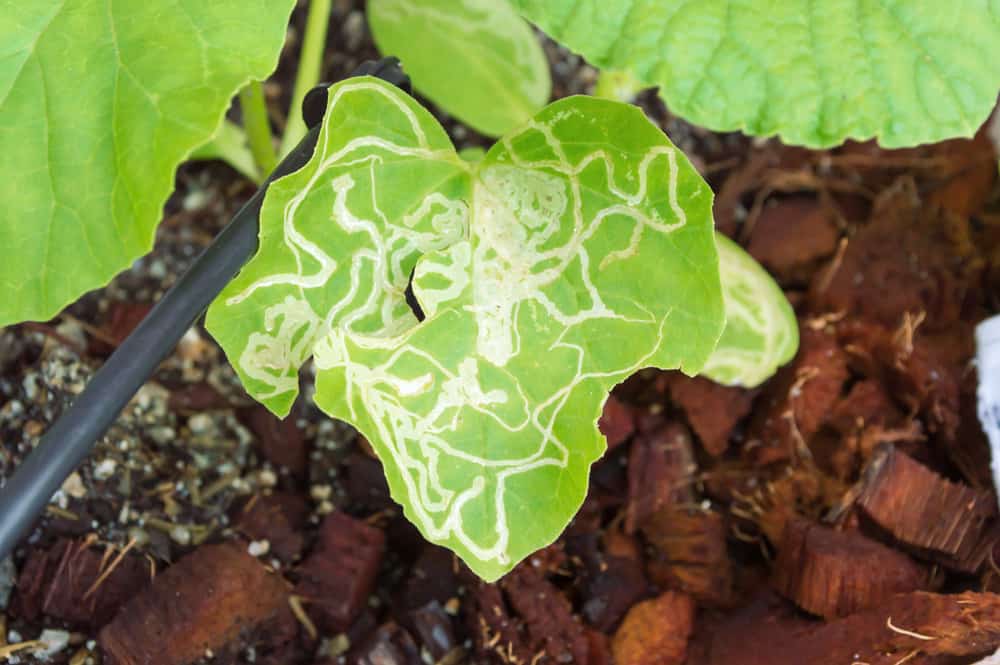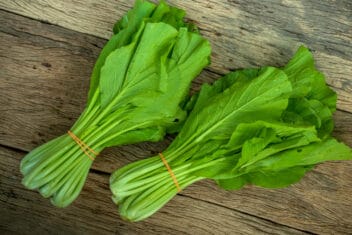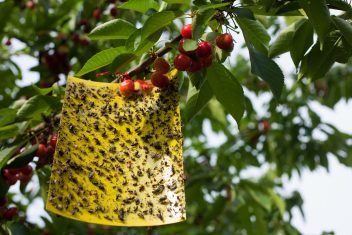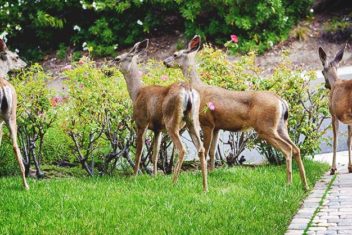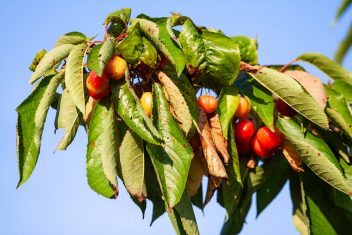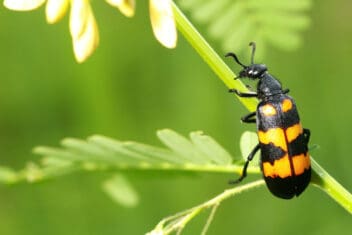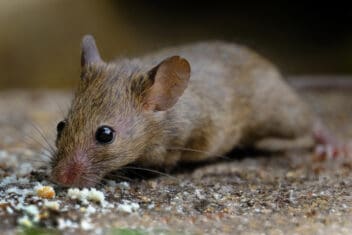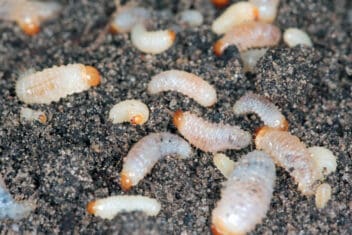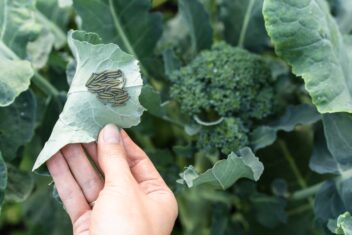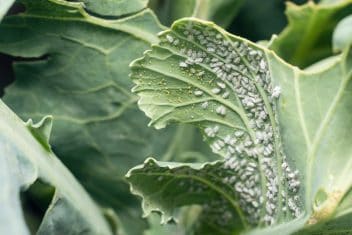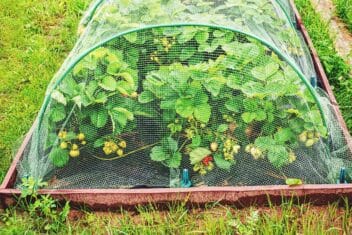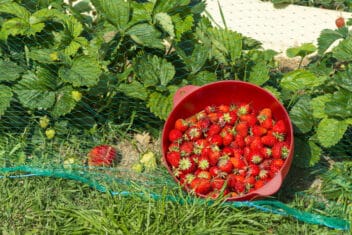Leafminers are sneaky pests that can make a mess of your garden. The worms themselves are hardly noticeable as they hide inside leaves, but the damage they do to plants is apparent.
Leafminers aren’t a species of insect. They’re a collection of different species that all share a destructive tendency to live in and eat the leaf tissue of plants during the larval stage of their lives.
As all leafminers feed, they leave behind tunnels of dead leaf tissue. These look pale at first but quickly turn brown as the dead tissue left behind withers away.
An Abundance of Leafminers
Because there are so many species of leaf-mining pests, the best way to determine if you have a problem with leafminers is by keeping your eye on the leaves of common host plants for damage.
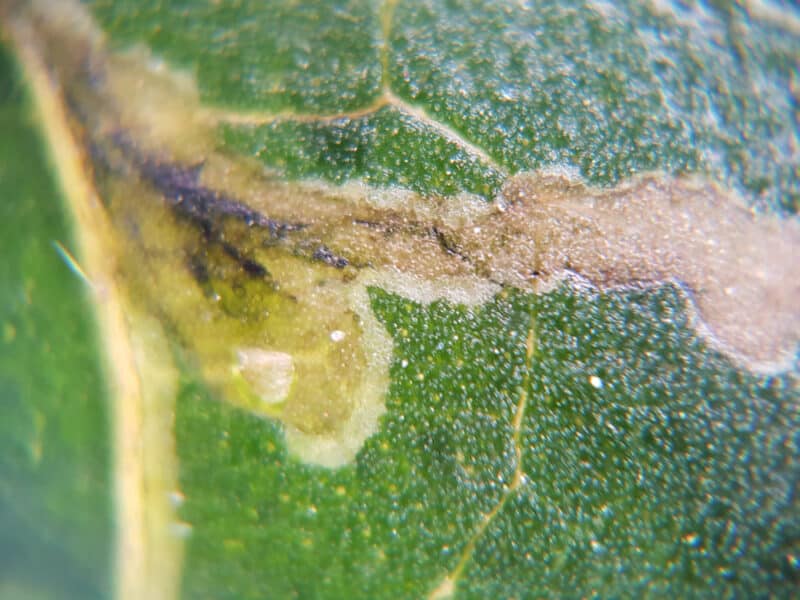
Thousands of insects act as leafminers in their larval stage. Depending on when you live, only a few of these species are likely to show up in your garden.
Recognizing adults is almost impossible because there are so many species of leafminers. But while it’s difficult to tell which of the adult bugs in your yard is a leafminer type, in the larval stage, all leafminers look similar.
Leafminer Species
As we said, there are many species of insects with larvae that tunnel through leaves. Here are just a few of the most common ones that you’ll see in your home garden:
Spinach (Pegomya hyoscyami) leave circular trails behind. They prefer cucumber, celery, spinach, chard, and tomatoes.
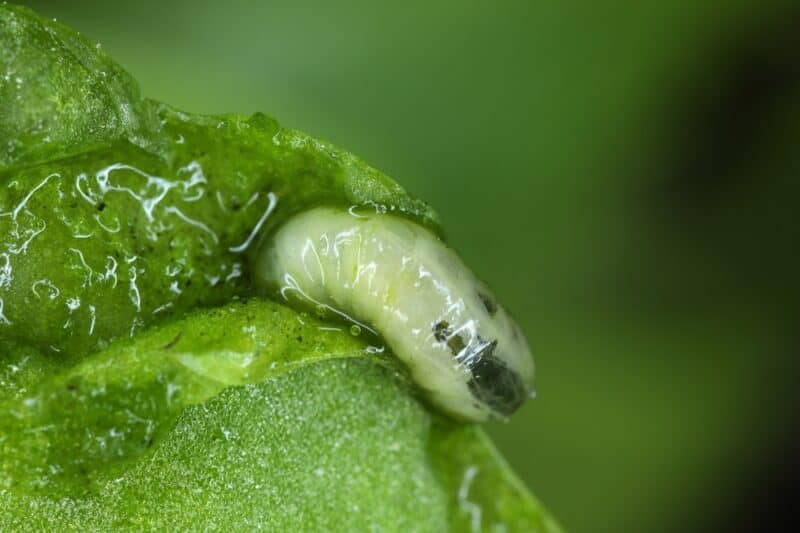
Vegetable (Liromyza sativae) leave snake-like trails and feed on legumes, nightshades, melons, beets, onions, and lettuce.
Elm (Kaliofenusa ulmi) feed on many deciduous tree species.
Needle (Coleotechnites spp.) specialize in conifers.
Leafminer Larvae
No matter what the adult leafminer looks like, in the larval stage, they all look like tiny, whitish grubs. But at this stage, you probably won’t see them. The larvae live inside the leaves, so you’ll rarely see them. Instead, you’ll see the damage they do.
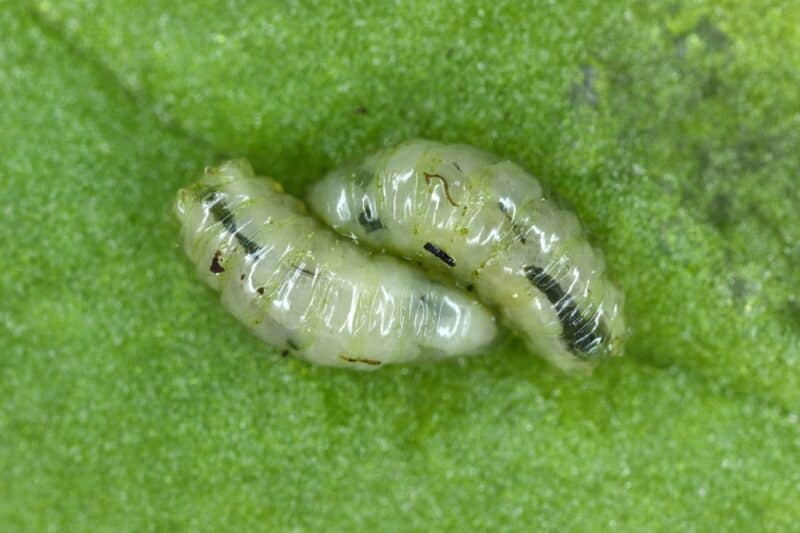
The good news for you is that leafminers usually don’t fatally damage your plants. They eat up leaves, but they rarely affect the growth and production of plants.
Except for plants like spinach, lettuce, and other plants you’re growing for their leaves, leafminers won’t destroy your crops; they’ll just leave your garden looking ugly and unkempt.
However, they leave many plants open to infectious disease, so while they aren’t harmful themselves, they can cause your plant to die if an infection takes hold.
The Lifecycle
Despite the species, they all follow a similar life cycle. In the spring, when leaves are fresh and new, adults lay their eggs. They insert the eggs into the leaves of the host plant. When the eggs hatch, the young leafminers are inside the leaf and ready to eat.
The larvae eat through the leaves for about two to three weeks. Then, they drop down into the soil and transform into pupae. Unless the ground freezes, the pupae emerge in about ten days as adults. Then the cycle repeats itself until winter.
They overwinter in the pupae stage and emerge as adults to lay eggs again in your garden in the spring.
As you can see, this lifecycle gives you a few opportunities to control leafminers using physical means rather than pesticides.
Controlling Leafminers
Clearing up the ground under your plants and using leaf covers can be helpful in keeping these pests at bay.
The first step to controlling leafminers is knowing how to spot them. Remember, the adults could look like just another fly, moth, or beetle in the garden, so that’s no help.
The larvae are hidden in your leaves. Usually, you can’t even spot leafminer eggs, because they’ve been inserted into the leaf. Look for the first signs of damage and remove any affected leaves.
Leaf Picking
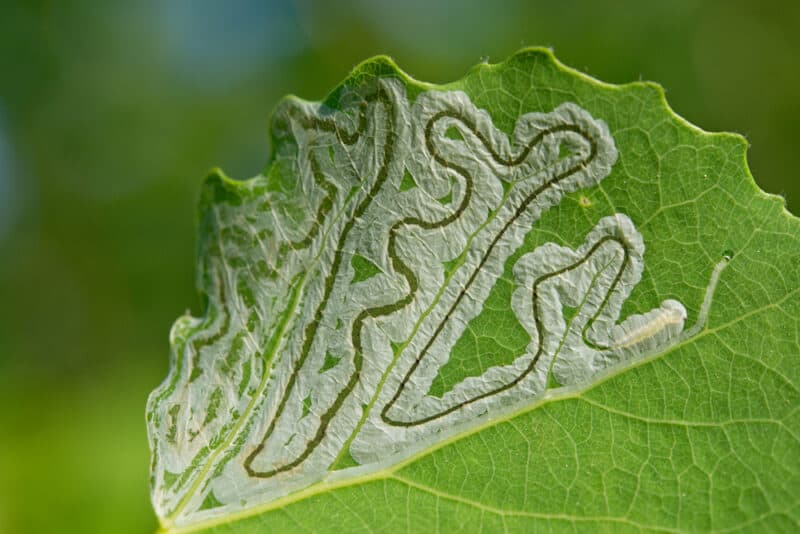
The best part about dealing with leafminers is their inability to escape. These tiny pests are trapped inside their leaf, they can’t run or fly. So, if you notice leafminer damage, you can simply pluck the leaf and destroy it.
Remember, don’t put affected leaves in your compost. Either burn them, throw them out, or feed them to livestock. You want to ensure that the entire leaf is destroyed so that your leafminer larvae never have the chance to grow to adulthood.
Keep a close eye on the first leaves of spring. If you can stop the first hatching of leafminers in their tracks, the rest of your summer will be easy. As soon as you see any sign of leafminer damage, remove the entire leaf.
Picking the first affected leaves of the season is the best way to control leafminers. With an early start, you can avoid any issues for the whole growing season.
Row Covers
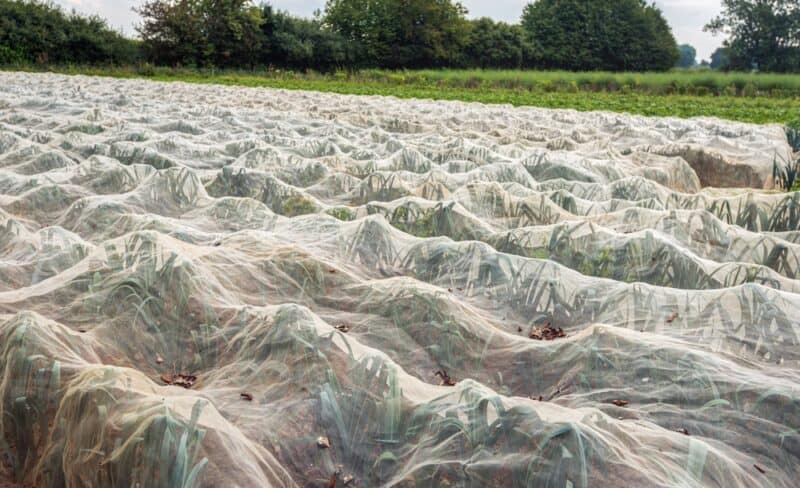
If you haven’t had issues with leafminers recently, but you’re concerned about them becoming a problem, you may want to try row covers.
Row covers won’t work if you have leafminer pupae in the soil over the winter. If you’ve had a problem with leafminers in the recent past, they are pupating in your soil. If they’re pupating in your soil, they’ll hatch under the row covers and devour your leaves despite the covers.
But, if you haven’t had problems with leafminers already, row covers can be effective. This is because adult leafminers flying into your garden won’t be able to lay eggs in your leaves. They’ll have to look elsewhere for host plants.
The only time leafminers can travel is in the adult stage, so if you’re hoping to prevent a new infestation of leafminers, covering your plants is a great option. Leafminers need to lay eggs in an actual leaf. If they can’t access your leaves, they can’t lay their eggs there.
Autumn Tilling
Another way to reduce your leafminer population without sprays is by tilling your garden in the fall. Once you’ve finished harvesting, remove all the plant debris and till your garden well. This will remove leaves that still contain leafminer larvae and kill many of the pupae in the soil.
The pupae are quite small – less than an eighth of an inch long, so some of them may manage to avoid being chopped up by the tiller. But if you till the soil well, it should destroy most of the leafminer pupae before they have the chance to reach adulthood.
You’ll notice that most of these manual ways of controlling leafminers attempt to stop the pests from growing into adults. That’s because most leafminers can lay up to 100 eggs.
Each time an adult leafminer lays eggs, the population of leafminers in your garden grows exponentially. Adult leafminers can move about freely, while they’re much more contained in other stages. It’s easier to control the population in the earlier stages of life than during adulthood.
Predatory Wasps
Predatory insects are a great option for fighting leafminers—many species of wasp feed on leafminer larvae. The larvae of Diglyphus isaea are particularly useful. You can buy this wasp larvae online and place them on affected leaves. They’ll feed on the leafminer larvae and then pupate in the leaf.
Wasps are great for organic growers, but even ladybugs and lacewings can help reduce the population of leafminers. Make sure that your garden is a place that welcomes beneficial insects. Or buy ladybugs and lacewings at places like Amazon.
Avoid using broad-spectrum pesticides that will kill off the natural predators of leafminers. If you work with helpful insects instead of driving them out, you’ll find they do a lot to keep your garden healthy.
Homemade Sprays
There are lots of homemade sprays touted as effective against leafminers. These probably aren’t harmful, and it can’t hurt to try them, but there’s no evidence that they are effective.
Sprays like chili and garlic spray might work to deter adults, but you shouldn’t rely on them as your primary method of control.
Neem Oil
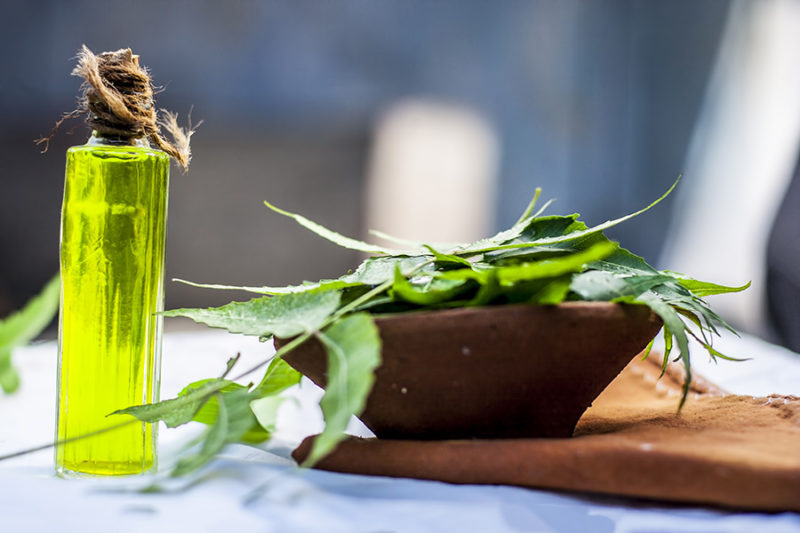
Everyone’s favorite pest repellent is effective on leafminers too. Neem oil interferes with the life cycle of leafminers. It ruins their appetite and stunts their development. Neem oil essentially puts leafminers in a perpetual state of ennui – they lose all interest in life and eventually starve to death.
To make an effective neem oil spray, add two tablespoons of neem oil to a gallon of water and spray your plants thoroughly about once every two weeks. Avoid using neem oil for at least two weeks before harvesting edible greens, and wash your greens well before eating.
Diatomaceous Earth
I love diatomaceous earth. It helps in so many areas of the garden. During a dry season, you can dust this sharp-sided dirt on the leaves of affected plants.
Diatomaceous earth will dry out the soft bodies of leafminer larvae. They dehydrate and die as the earth coats them. You can also mix some diatomaceous earth into the soil and allow it to dehydrate the pupae as well.
